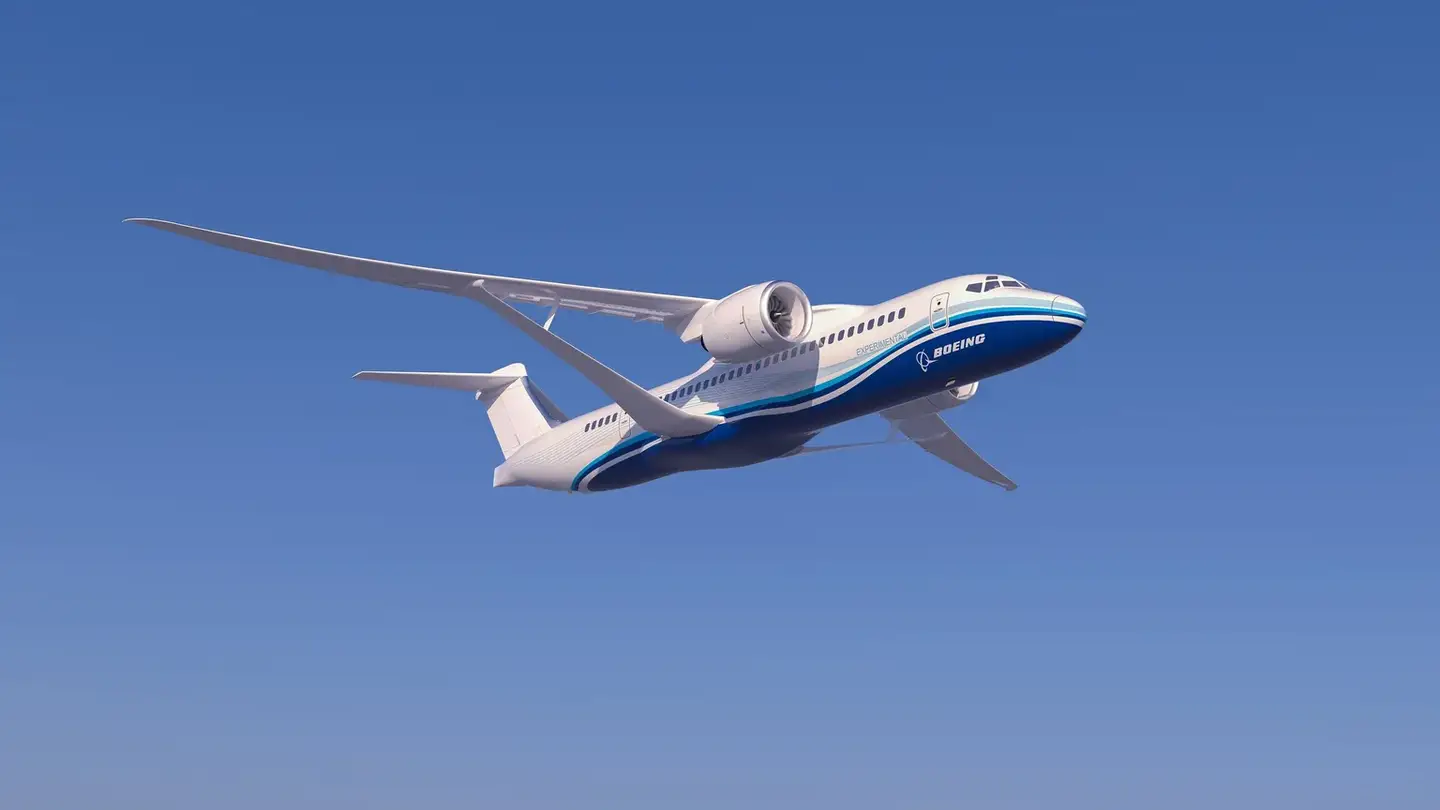Lower-Cost Piper Rudder Fix In The Works
A cheaper alternative method of compliance is being proposed for Pipers covered by rudder AD.

The Short Wing Piper Club is proposing an alternative method of compliance (AMOC) that would blunt much of the cost and inconvenience posed by a sweeping airworthiness directive set by the FAA last week. The AD, which mandates replacement of the rudders with posts made of 4130N low-alloy steel, covers almost all 31,000 high-wing Pipers produced up until the 1960s, but the final number affected will be much lower because of fleet attrition and retrofits already completed. Nevertheless, the final tally will be in the thousands and will cost operators thousands of dollars as written. The club says its AMOC can reduce the cash outlay and potential downtime that would result from a massive backlog of orders for new rudders. What follows is the club's own description of the AMOC.
"What we are proposing is to run a reamer up the rudder post. That will remove any weld penetration and corrosion inside the tube. Then we will insert a centerless ground 4130N tube all the way up from the bottom to the top affectively doubling the wall thickness. It will be coated with a corrosion prevention compound when installed. If it is a tail dragger, reinstall the tailwheel steering arm and reinstall the rudder. If it is a tricycle gear, a plug will be installed and retained with a screw. Then reinstall the rudder. If approved the SWPC would make kits available to accomplish this task."
The AMOC will have to be approved by the FAA, and SWPC President Steve Carruthers said they're now working on the paperwork to submit. There is still no estimated cost for the kit and its installation. The AD takes effect March 20 and was prompted by fatigue failures that resulted in two non-fatal incidents in Alaska. In both cases, the aircraft were modified and had beacons attached to the rudder. Commenters argued the incident aircraft were not representative of the vast majority of active aircraft, but the FAA said the gradual degradation of the steel posts would eventually catch up to whole fleet and the threat justified fixing the issue before more rudder failures occur.






